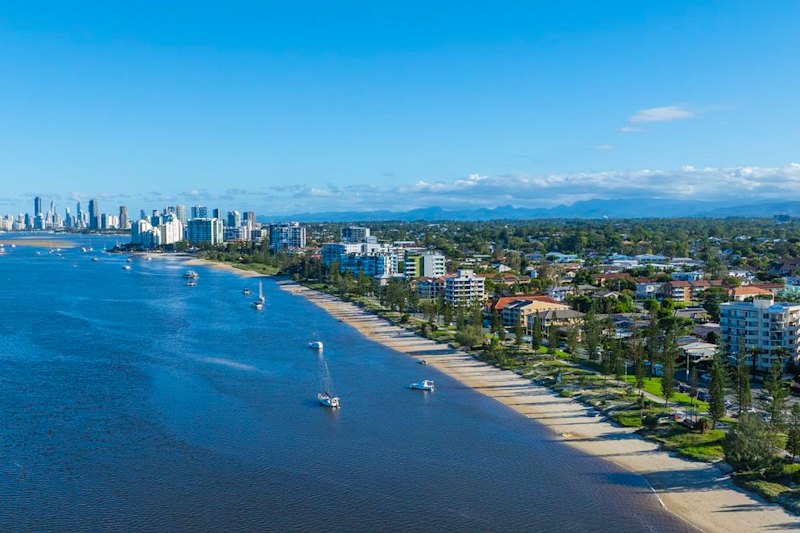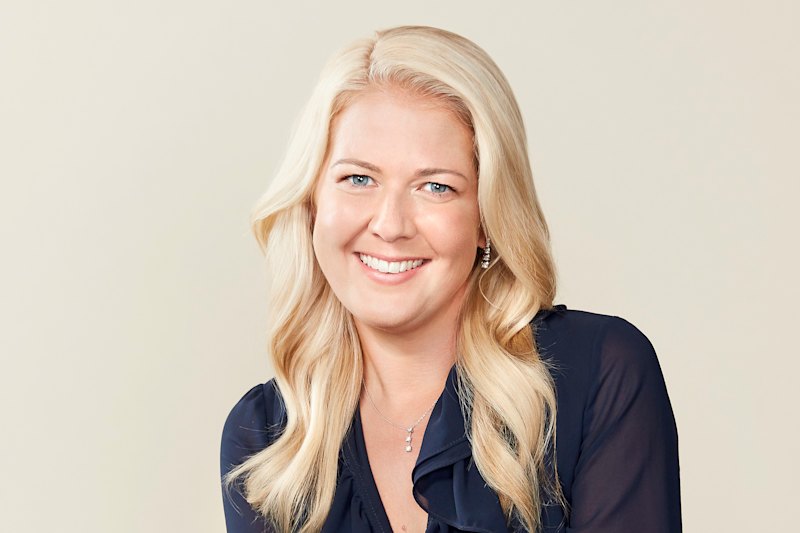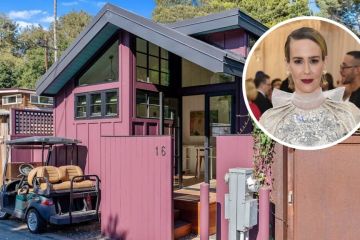West Belconnen housing development gets the nod
West Belconnen is in its rezoning stage, but during the next 30 to 40 years it will evolve into a community of about 30,000 people. The rezoning consultation period closed this month and the feedback was generally positive.
Situated to the west of Holt and Macgregor, the project will comprise three suburbs in the ACT and a locality just across the border in NSW.
The Riverview Group has worked on the project for about nine years. The NSW land is framed by the Murrumbidgee River, Ginninderra Creek and landlocked from the rest of NSW by the ACT border, which made the decision to incorporate NSW territory into the plan an ideal solution.
Riverview Group director David Maxwell says the development will differ from other new communities such as Googong as it will not be a new town; rather it will connect and build off the existing services of its neighbouring suburbs.
The site is dominated by farmland but it contains a number of interesting features that will be preserved; Ginninderra Falls, Strathnairn Arts and picturesque woodlands will make this part of Canberra a magnificent place to live.
A T Adams Consultingdirector and project planner Tony Adams says the land is a planner’s dream – gently undulating pastures that strike a fine balance between being easy to work with and dynamic enough to be interesting, while at the same time offering a spectacular outlook from every angle.
Upon completion, West Belconnen will be home to 11,500 dwellings, which Riverview Groups’ Greg Ellis says will include everything from large family homes overlooking the woodlands and the Murrumbidgee River, through to smaller terrace-style houses surrounding the community hub.
The team says sustainability has been at the project’s core since the beginning. The site is set on a 1600-hectare parcel of land, but only about 800 hectares will be developed. A 577-hectare conservation corridor will run alongside the river, protecting the yellow box-red gum grassy woodland, pink-tailed worm-lizards and golden sun moths.
The old Belconnen landfill, which accounts for 108 hectares of the site, will be transformed into parkland. The remaining 115 hectares of the open space will provide space for bike paths and walkways.
Each house will feature solar panels, generating more energy than is consumed by the community.
“It’s what you can do on a development of this scale,” Ellis says.
With these provisions in place and a plan that has been carefully curated for almost a decade, it’s no surprise that the response from the community has been overwhelmingly positive. Groups as diverse as the Master Builders Association and Friends of Grassland praised the development in the recent consultation period.
Development in West Belconnen is expected to begin in the second half of 2016, with the first residents to settle in 2017.
We recommend
We thought you might like
States
Capital Cities
Capital Cities - Rentals
Popular Areas
Allhomes
More







